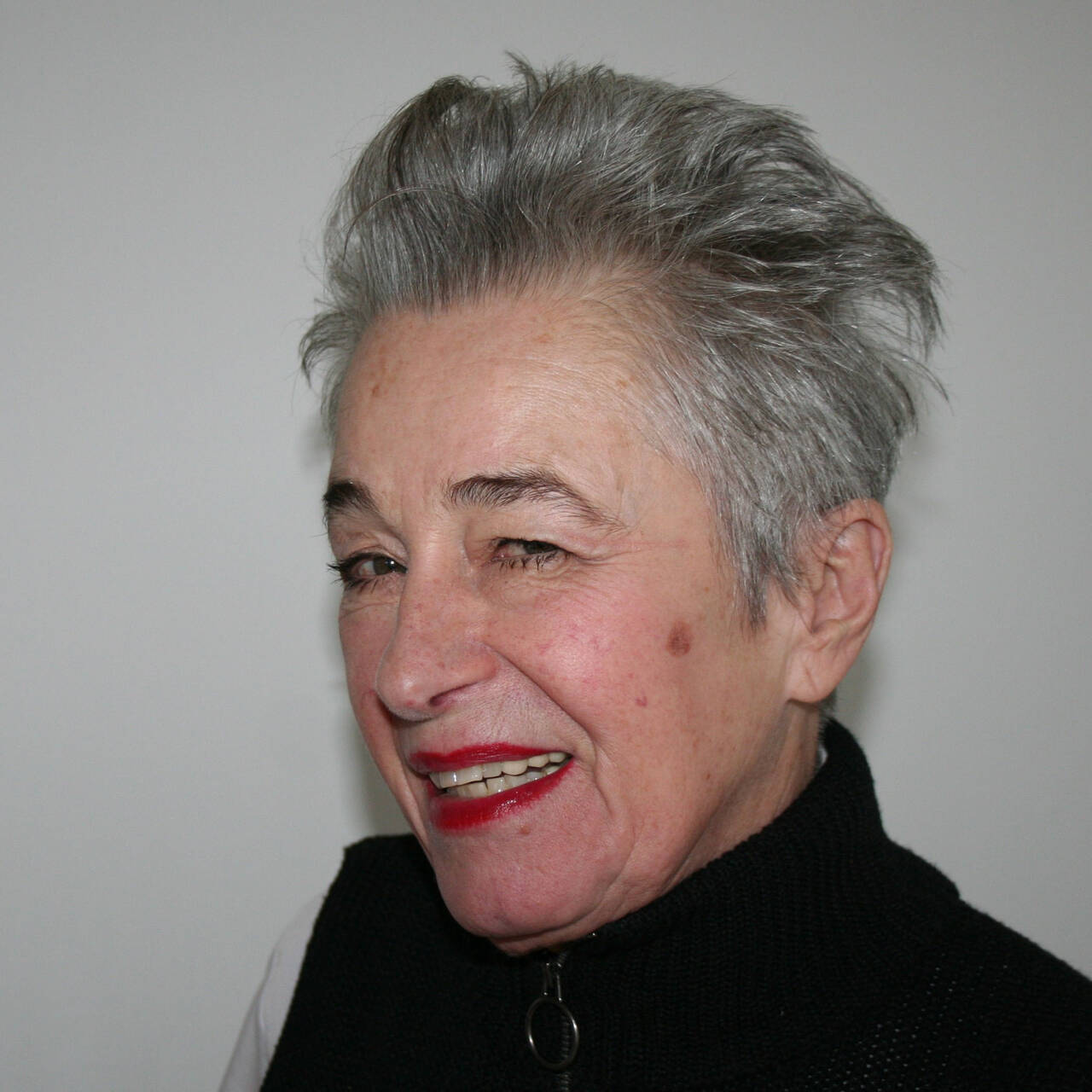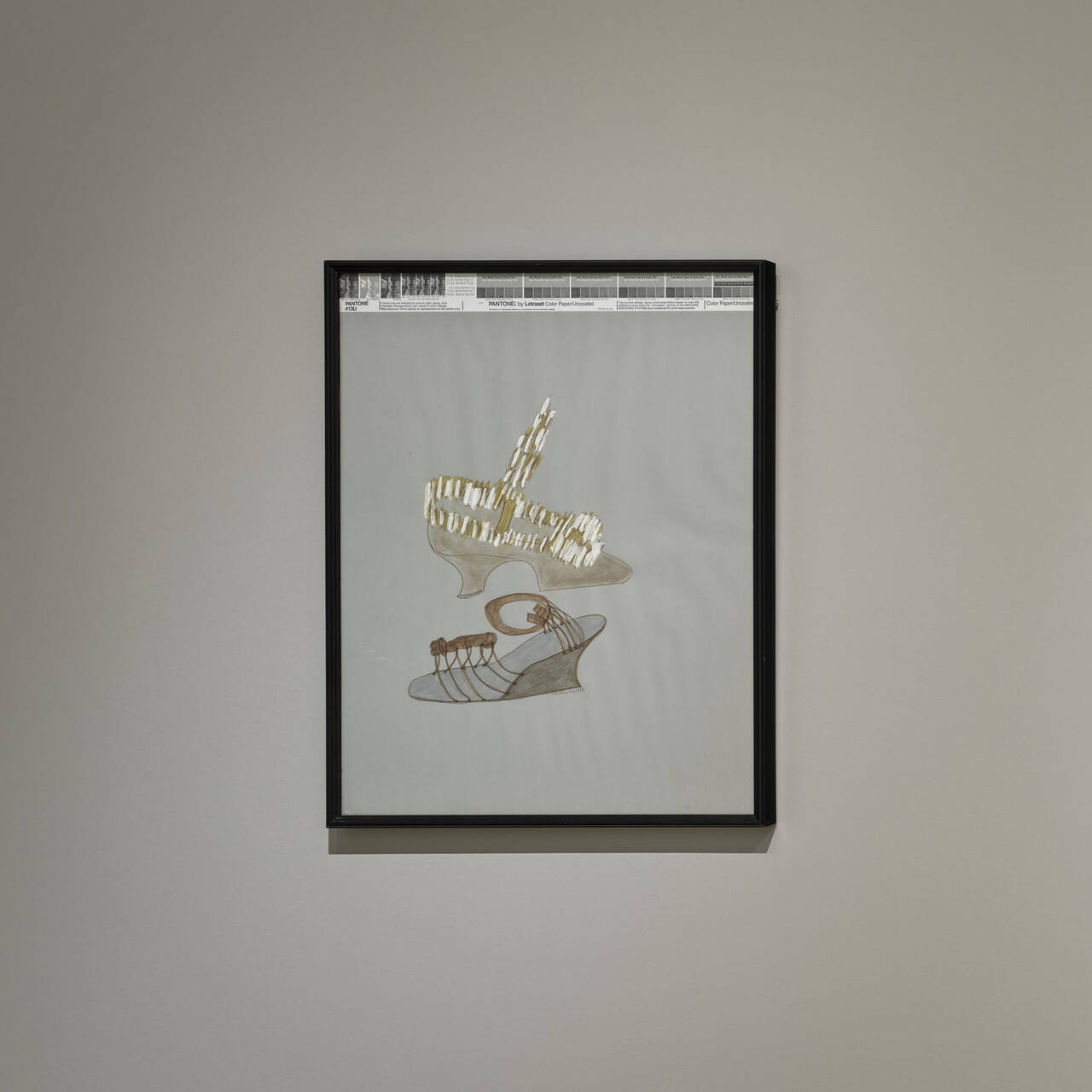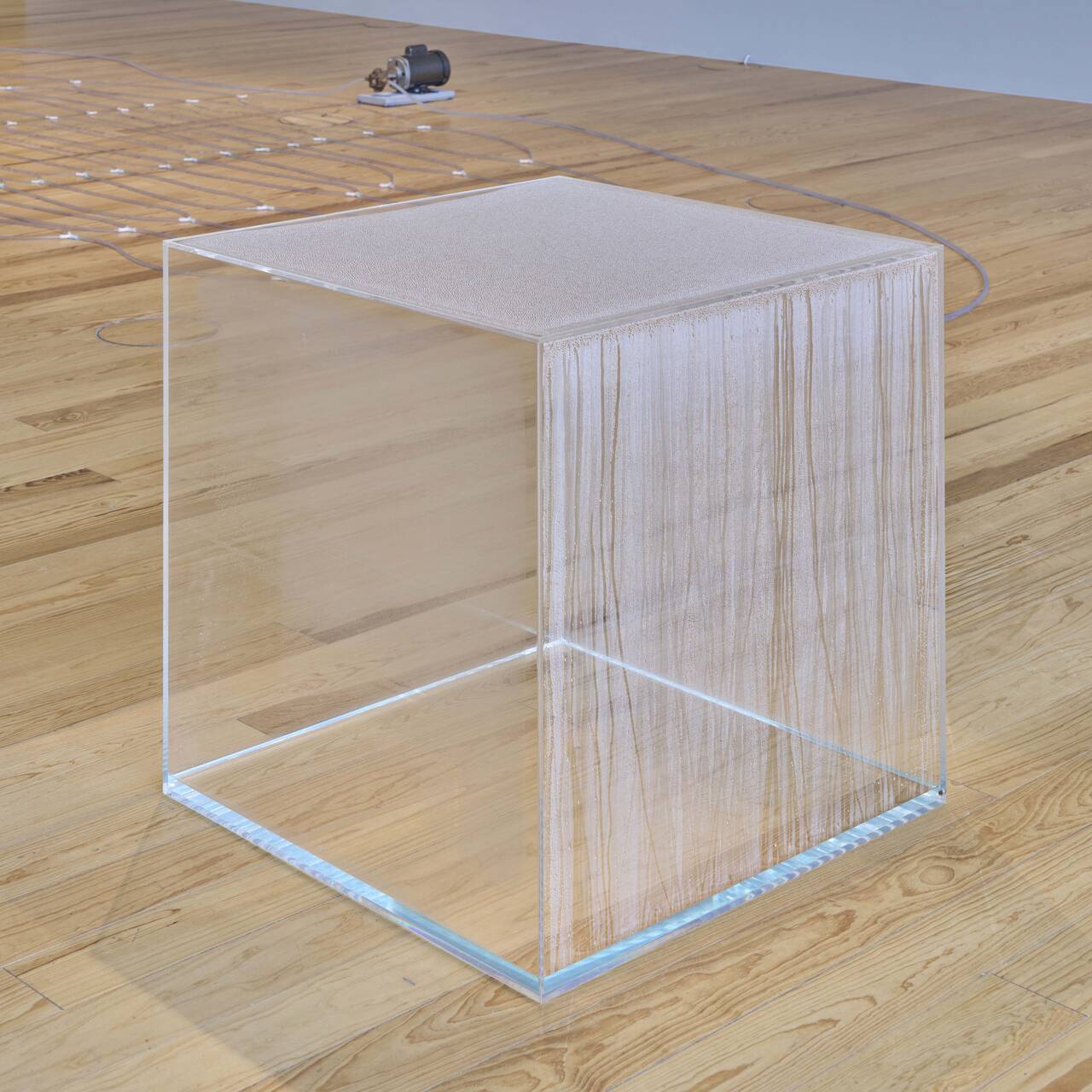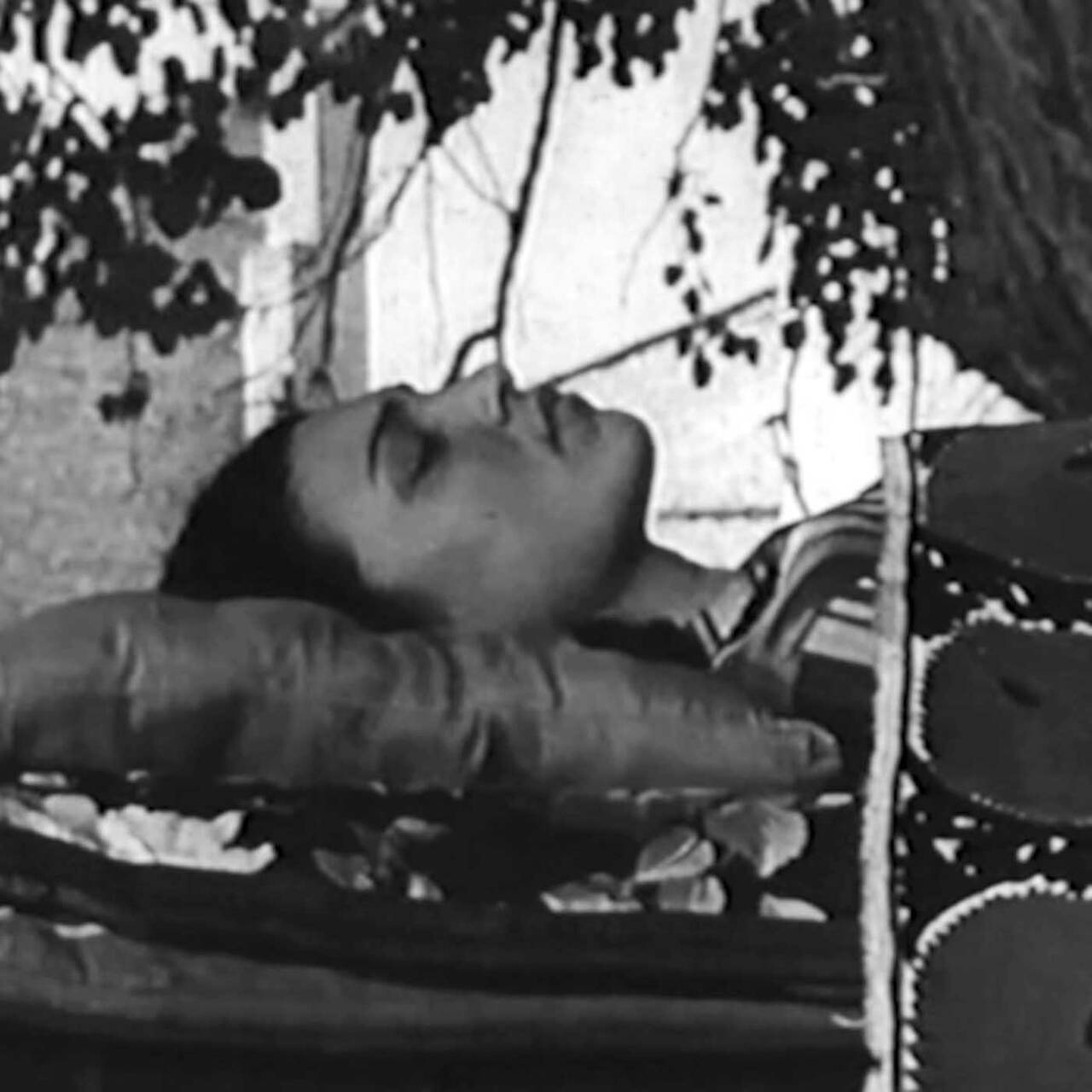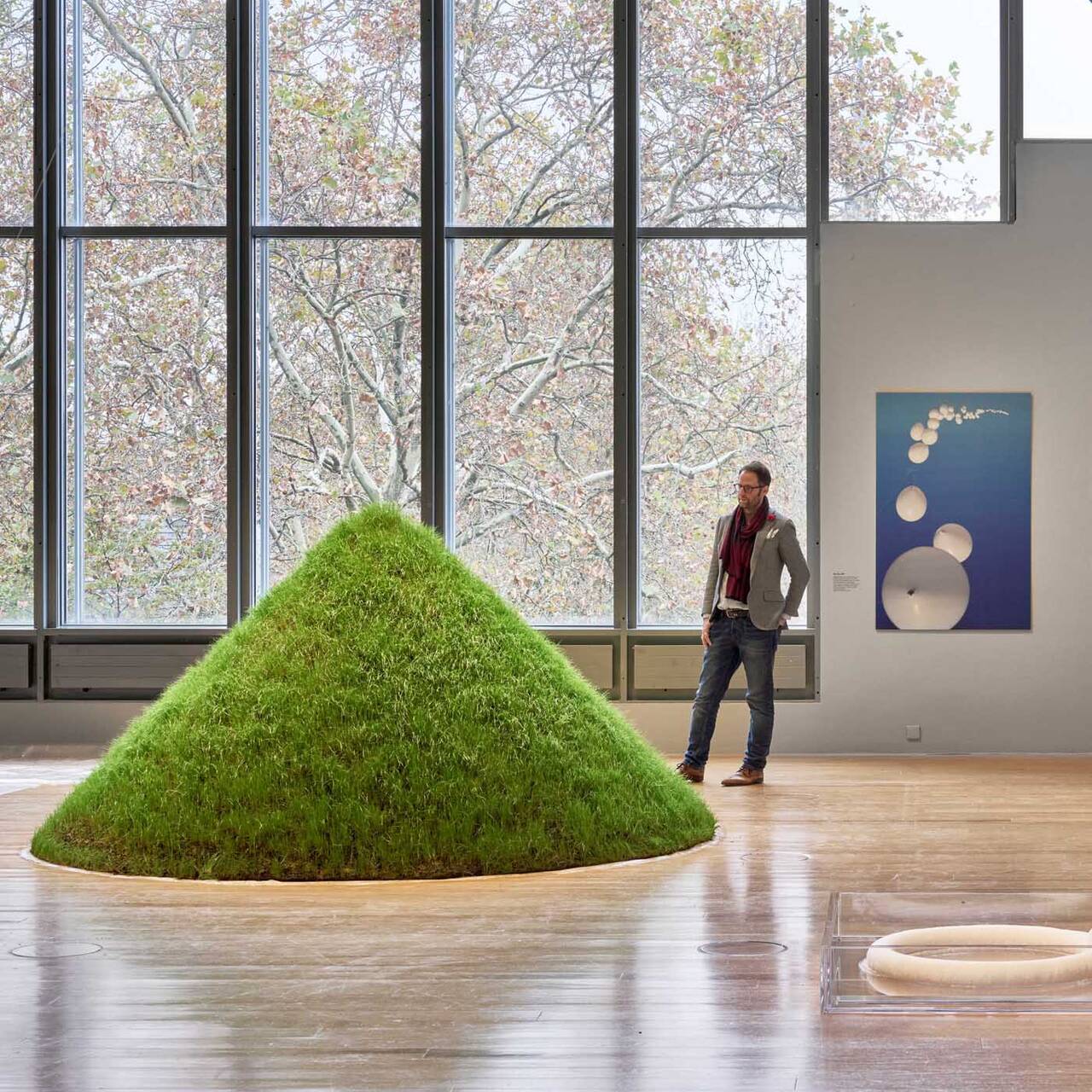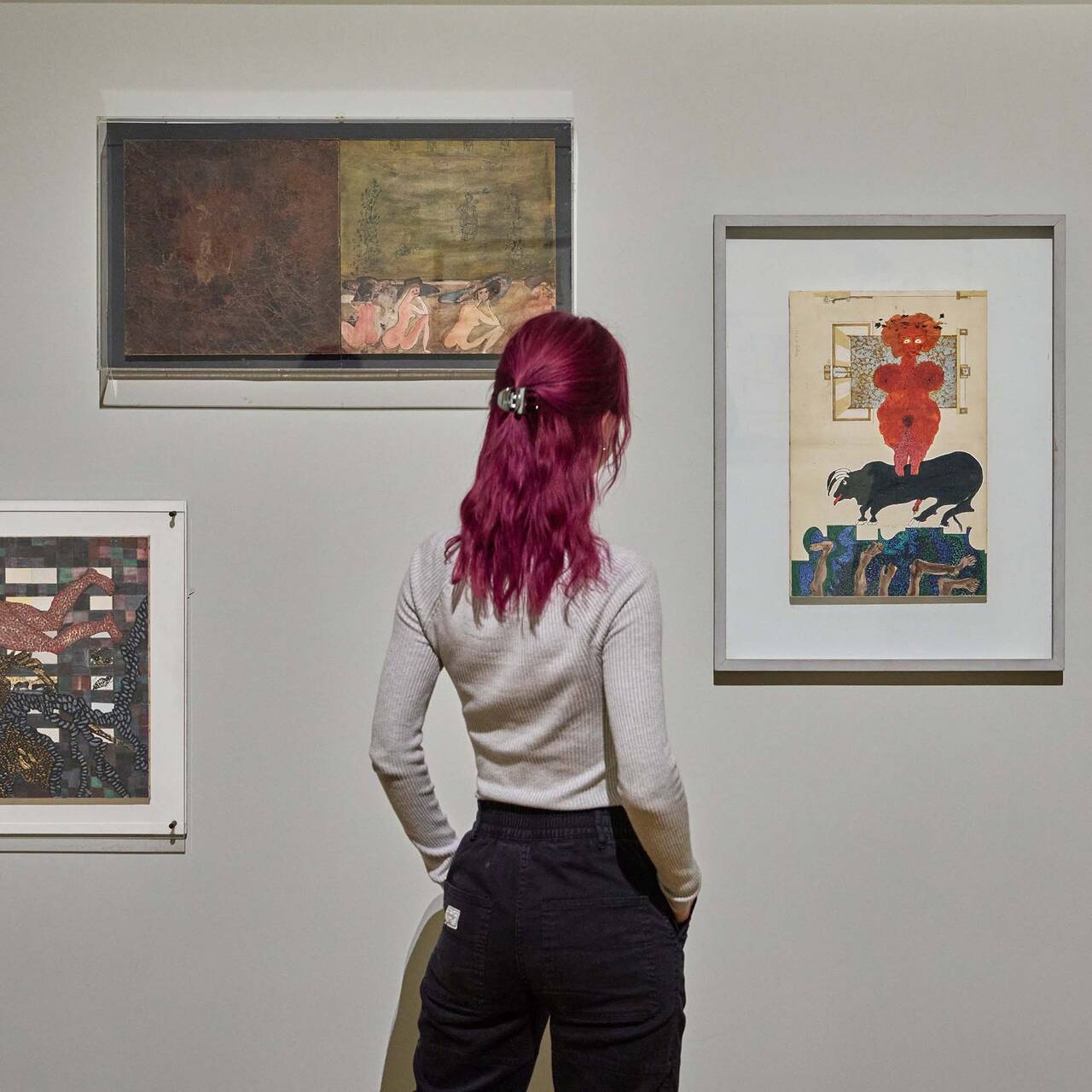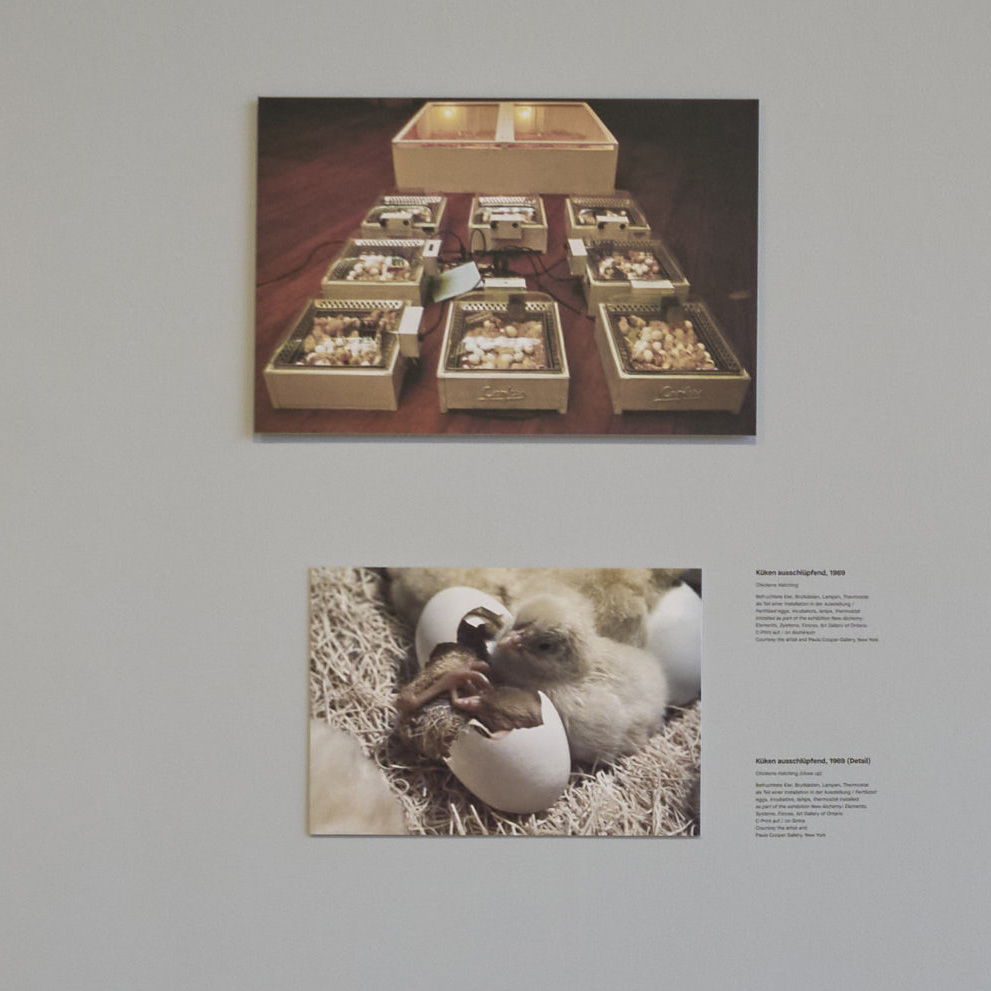The women surrealists wanted to change society, to escape bourgeois limitations and classic gender roles: Curator Ingrid Pfeiffer gives exclusive insights into the Fantastic Women exhibition.
In no other Modernist movement have female artists played such a significant role as in Surrealism. In the early 1930s, many of them came to Paris and joined the group that had formed around the movement’s founder André Breton. They wanted to change society and to escape bourgeois limitations and classic gender role attribution. Dreams, metamorphosis, the subconscious and the female body all feature frequently in works by the female Surrealists, while at the same time the works are often characterized by a playful, self-aware approach to such themes.
(Videos with English subtitles)
Change of perspective

Marie Čermínová, who chose later to go by the alias Toyen, identified with Surrealism throughout her life and established the movement’s group in Prague. Her deliberately gender-neutral pseudonym is an abbreviation of the French word “citoyen” (“citizen” in English) and a testament to the search for a (new) model of artistic identification, which is also reflected in her work.
Other female artists associated with the Surrealist group maintained a greater distance from the movement, including Leonor Fini. In her works, she took inspiration from the Old Masters and upended the classic representation of the sleeping Venus, for example, by painting male nudes watched over or guided by strong female figures. The female Surrealists also offered new perspectives on group games, in which chance and surprise play a major role. In the game known as “Cadavre Exquis”, the participants each continued a sketch started by the player before them without being able to see it, as the paper was folded over each time. Self-taught female artists also took part in this game, which strengthened the openness and the sense of community within the group in equal measure.
A State of Mind

Alongside paintings, works on paper and sculptures, the Surrealists also created photographs and films. The diverse spectrum of the works clearly shows that Surrealism is not a style, but rather a state of mind. For the women artists of Surrealism, the new media in particular were one possibility for staking a claim in the male-dominated art world. One example is the American photographer Lee Miller, who came to Paris in 1929. As Man Ray’s assistant, she was initially also a subject for his photographs and first became known as a model, before she successfully established herself as an independent photographer.
Less well known is the fact that the first Surrealist film also came from a female artist: “La coquille et le clergyman” (The Seashell and the Clergyman) by Germaine Dulac was a pioneering work, and she produced it several years before the now best-known Surrealist films “L’Age d’Or” (The Golden Age) and “Un chien andalou” (An Andalusian Dog) by Luis Buñuel. Dulac, like most of the female Surrealist artists, was only rediscovered later. Even today, they are absent in handbooks and overview exhibitions on the movement, yet during their lifetimes they were represented in the major international Surrealism exhibitions, which helped to popularize its art globally from the 1930s onwards.
Mexico

A center of the Surrealist scene developed in Mexico around the now famous painter Frida Kahlo. Even though she did not consider herself a Surrealist, Kahlo accepted an invitation from André Breton and exhibited in Paris in 1939. There, she forged many friendships with female artists in the group. Not only Kahlo’s art, but also the culture of her homeland fascinated both male and female Surrealists on multiple levels: the abundant nature, the rich pre-Columbian past, and the traditional Mexican festivals and folk art. During the Second World War some female Surrealists, including Spanish artist Remedios Varo and Leonora Carrington from Great Britain, went into exile in Mexico, and the latter ultimately spent most of her life there.
To the Present Day

Although exhibitions by the Surrealists were held as late as the 1960s and the group only disbanded in 1969, many see the end of Surrealism as coinciding with the beginning of World War II. However, some female Surrealist artists such as Jane Graverol continued to churn out great works up until the 1960s. The same goes for Louise Bourgeois, who actually never exhibited with the group, but closely explored Surrealism and its theories during the 1930s while living in Paris. Her works incorporate Surrealist ideas and themes: an enquiry into the female body, questions of identity and, not least, dream-like and abstract elements. Metamorphosis also plays an important role in Bourgeois’ artistic creativity. Her body of work, which is often seen as very contemporary today, brings the Surrealist approach firmly into the present.
